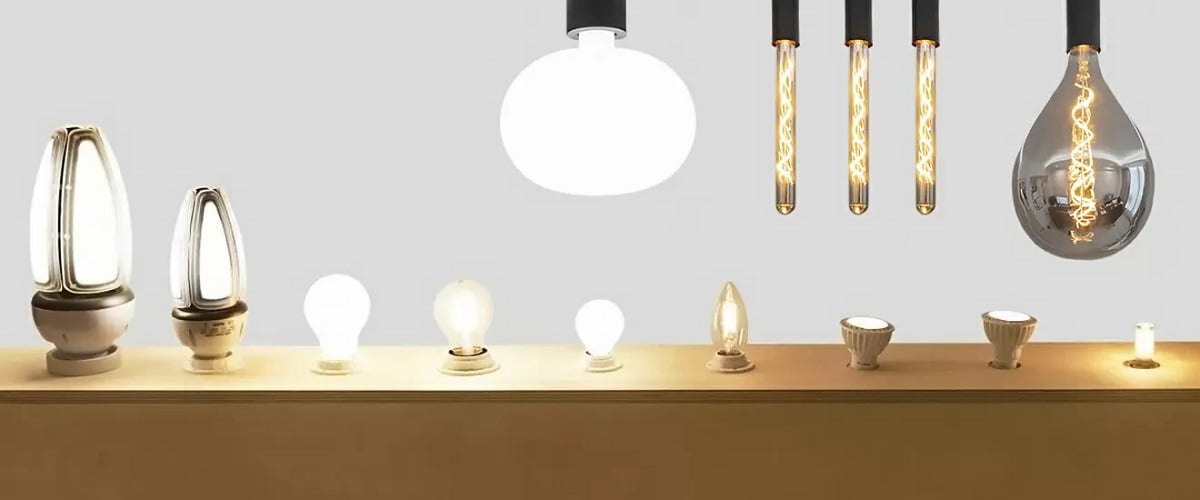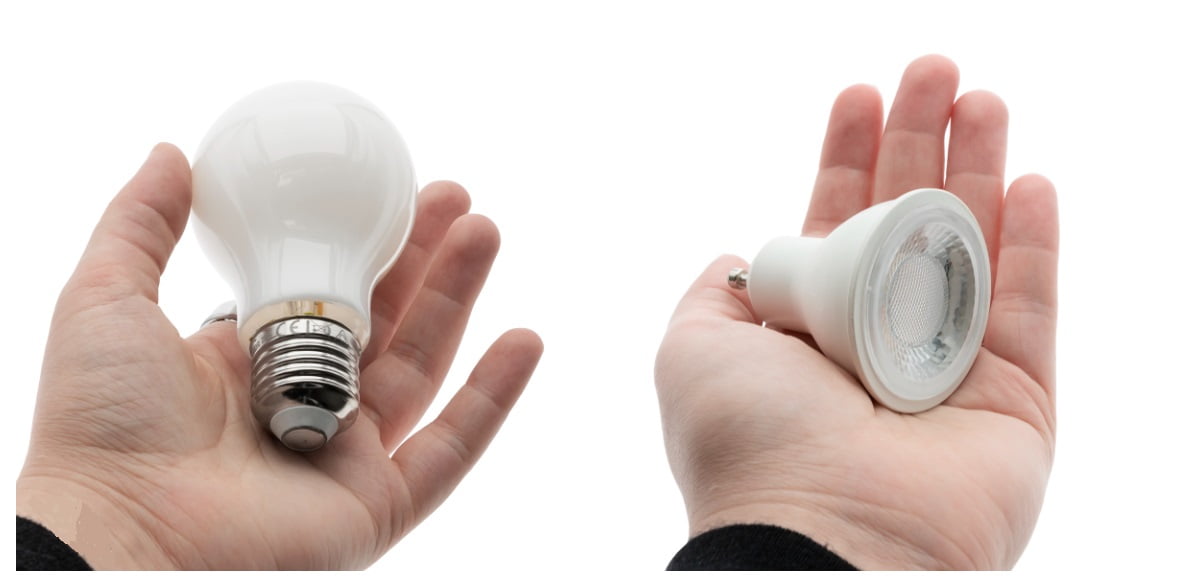Summarize
- LED stands for light-emitting semiconductor device
- High-quality LED bulb lasts more than 50 000 hours
- LED lights are safe, but the transformer can pose a risk
- Turn off LED lights to save energy
- LED lamps will fit most luminaires, but the transformer may need to be replaced
What is LED light?
LED stands for Light Emitting Diode. A light-emitting diode is a two-wire light source based on a semiconductor that produces light when activated by electricity. Led lights have been used as a common light source since 2007. With today’s technology, Led lights are a superior light source.
How long does an LED light last?
The lifetime of a quality LED lamp is +50 000 hours. The light will therefore last for several years, depending on its use.
Are LED lights safe?
Led light is the safest light source, due to its low operating voltage. Led lighting also has its risks, but this is related to the transformer of the led lamp, which may pose a fire risk due to electric shock. So buy tested, reputable products, and have them professionally installed or fitted to make sure they’re safe.
Is it worth turning off LED lights?
Should I always switch off my LED lights? At some point, there was a perception that the LED lights would not withstand constant switching off. However, LED lights can last up to 100 000 times, so it’s not often you have to leave the room to let the LED die before its time. But of course, all that unnecessary keeping the lights on consumes energy, so yes. Led lights should be switched off.
How long does the LED light stay on?
Led lights are very long-lasting The durability of LED lights is affected by the lack of breakable components and a technology, LED lights burn for a long time. Led lights can last from 25 000 to 80 000 hours, in theory up to 200 000 hours!

Does an LED bulb work with all luminaires?
Yes, for almost all lamps with a traditional bulb holder such as E14, E27 or other known bulb holder. Existing lamp can be directly replaced by an led lamp. The exception is low voltage G4 or MR16 where usually the transformer also needs to be replaced, as halogen transformers do not always start due to the lower load.
How much electricity does an LED light use?
Led lights consume the amount of electricity indicated on the packaging as its rated power consumption. For example, the Helmeile Led strip light 14.4W/m, popular for kitchen worktop lighting, has a power consumption of 14.4 watts per metre per hour. If the worktops are illuminated e.g. 4 meters of led strip, then it consumes about 60 W per hour. Electricity consumption in kWh can be calculated as 60W x 1 hour / 1000. Thus, the electricity consumption is 0.06 kWh. So this lamp consumes 6 kWh per 100 hours of use, which is an estimated 25 days (if the lights are on for 4 hours a day). In 2018, Vattenfall has written an article about the electricity consumption of household appliances and calculated prices for them. In comparison, a dishwasher will wash about 4-6 times with the same energy consumption.
Can I put an LED lamp in mixed waste?
Traditional light bulbs, such as energy-saving light bulbs and fluorescent lamps, contain mercury and must be disposed of as hazardous waste. LED lamps do not contain mercury, but they often contain other electronic components, so they should be disposed of by leaving them at SER recycling points. We also accept LED luminaires that have been used up at LedStore.
Can an LED lamp be put outside?
Led lights love the cold, so they are also suitable for outdoor use. In theory, it is the best place for them, as the outdoor air cools the LED, giving it a long life. However, electronic components must be protected, as condensation can damage the transformer of the LED luminaire.
Which LED bulb is equivalent to a 40W incandescent bulb?
A 40 W incandescent bulb and a 4 W Led bulb produce the same average light output (400 lumens). We indicate the light output per luminaire for all our luminaires.
Which LED is equivalent to 100W?
A 100 W incandescent bulb produces 1200 lumens or more. For LED lamps, it is therefore advisable to choose a bulb with 10 W or more.
Why is the LED light flashing?
Usually the flickering of the led light is caused by incompatibility between the led bulb and the transformer when switching from halogen to a led bulb. Another situation where the led light flashes is a failure of the transformer of the led lamp.
These were the top questions I received about led lights. We will add to this as we receive more.
Read also our product FAQs here: https://ledstore.fi/faq
Read about product safety: product safety at LedStore
Read the claims where we discuss the dangers of LEDs: what is the basis of the dangers of LEDs
Read more about dimming led lamps: dimming a led lamp
We have also written about the quality of light: what is colour rendering?
FAQ
1. What is LED light?
LED stands for Light Emitting Diode. It is a two-wire light source based on a semiconductor that produces light under the influence of an electric current. LEDs have been in common use as light sources since 2007.
2. How long does the LED light last?
A quality LED lamp has a lifetime of more than 50 000 hours, which means several years of use depending on the amount of use.
3. Are LED lights safe?
LED lights are safe thanks to their low operating voltage. However, it is important to buy tested and reputable products and to ensure professional installation to ensure that the luminaires are safe.
4. Is it worth turning off LED lights when not in use?
Yes, you should turn off the LED lights when they are not needed. Even though they last up to 100 000 times, keeping them on unnecessarily consumes energy.
5. Can an LED lamp be disposed of as mixed waste?
No, LED lamps should be disposed of at electrical and electronic waste (WEEE) recycling points because they contain electronic components.



